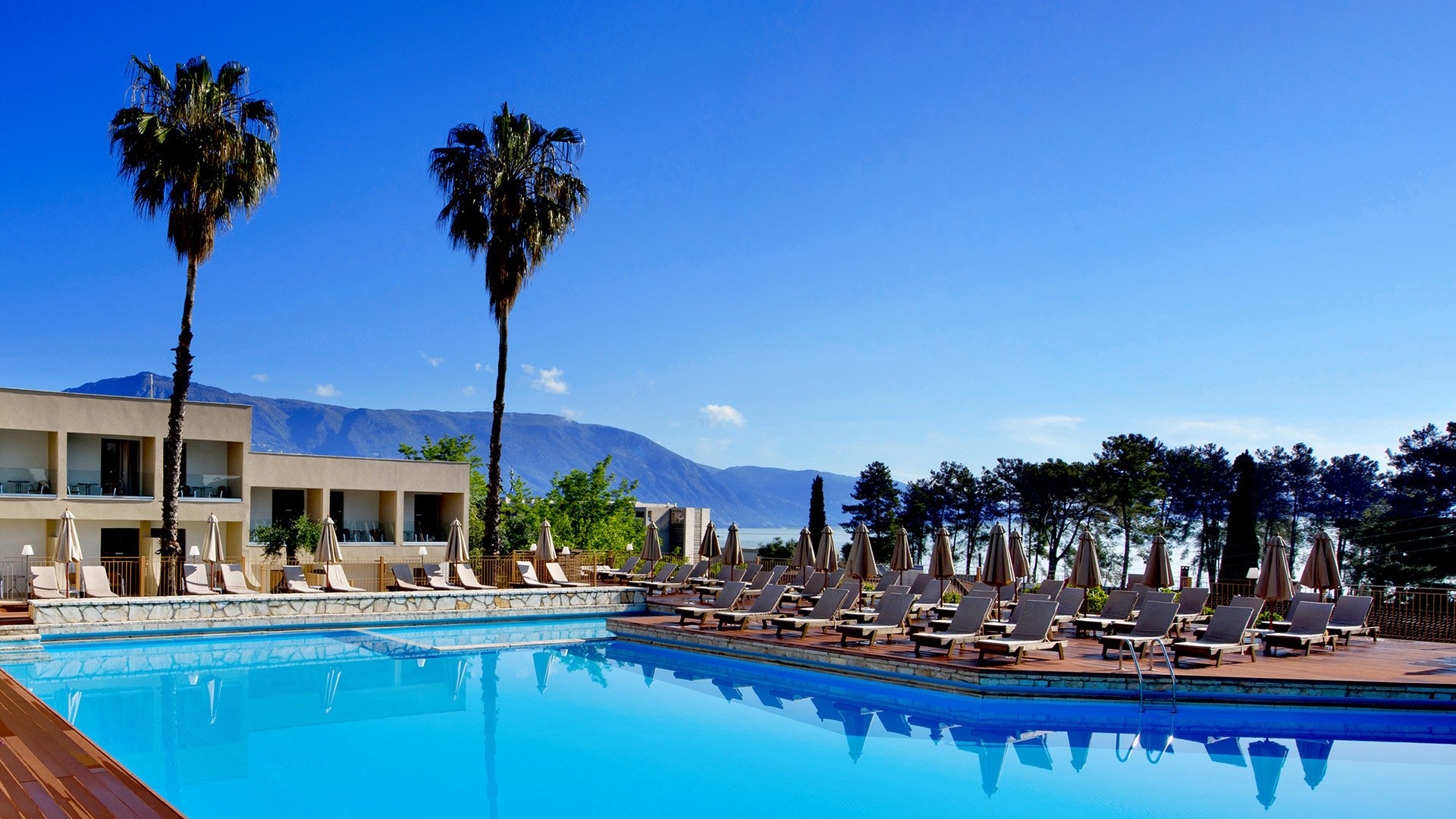

#Magna graecia 4 upgrade#
Upgrade them by forming triangles to get better yields. Place your buildings and resources strategically and receive adjacency bonuses.

Expand your village by placing houses and gaining new tiles.

Magna Graecia is a relaxing puzzle game with city-building elements designed in Ancient Greek. Feedback, bug reports, and other suggestions are always welcomed.”

“We will continue interacting with players through the Steam Community discussions page. How are you planning on involving the Community in your development process? “We plan to gradually raise the price as we ship new content and features.” Will the game be priced differently during and after Early Access? “This is a fully playable game with its most important features, such as expanding the village, upgrading buildings & resources, etc. What is the current state of the Early Access version? Minor visual improvements and performance optimization are to be done too.” The scoring system will most likely be reworked after receiving players' feedback. “The game will get some new mechanics, as well as a creative mode.
#Magna graecia 4 full version#
How is the full version planned to differ from the Early Access version? “We expect the game will be available in Early Access from 4 to 6 months.” With a player base, it will be easier for us to balance the scoring system and implement other features according to players' wishes.”Īpproximately how long will this game be in Early Access? Their diverse and multiple characteristics shaped the identity of the so called Magna Graecia.“We hope that Early Access will help us develop a high-quality product according to players' suggestions and feedback. The historical evolution of the most important towns of Magna Graecia (Paestum, Metaponto, Locri, Taranto) unfolds through the focus on some very significant objects, which contribute to highlight the cultural interactions and the system of relations, developed among the many populations of different origins settled in Southern Italy. The collection describes the main historical and cultural phenomena, which characterized Greek colonization in Southern Italy, from the end of the 8th century BC up to the Roman conquest in the 3rd century BC. The display project is inspired to an innovative narrative criterion, which takes into account all current museum communication trends, aimed at guaranteeing a more immediate understanding of scientific contents. In the end, they gave rise to a unique treasure, both for the number and quality of the objects: thousands vases and relief pottery, some outstanding masterpieces such as the large volute krater from the so called tomb of the Darius vase and the funerary murals from the tomb of the Dancers from Ruvo, together with a large quantity of precious and sophisticated golden jewels, produced at Cumae and Taranto. Thanks to the prompt intervention of the central government, the finds entered the Royal Museum’s collection, which, in the meantime, were also being enriched through the purchase of some private collections. In the early 19th century, some important discoveries were made across Southern Italy in towns such as Paestum, Locri, Metaponto, Taranto, Ruvo and Canosa. In this area, around the late 7th century BC, ancient Greeks produced different types of mixed communities with native populations, originating that complex cultural phenomenon, historically known as Magna Graecia. The Magna Graecia collection exhibits all those relics of various origin and provenience which were excavated in the southern regions of the Kingdom of Naples, since the mid-18th century.


 0 kommentar(er)
0 kommentar(er)
